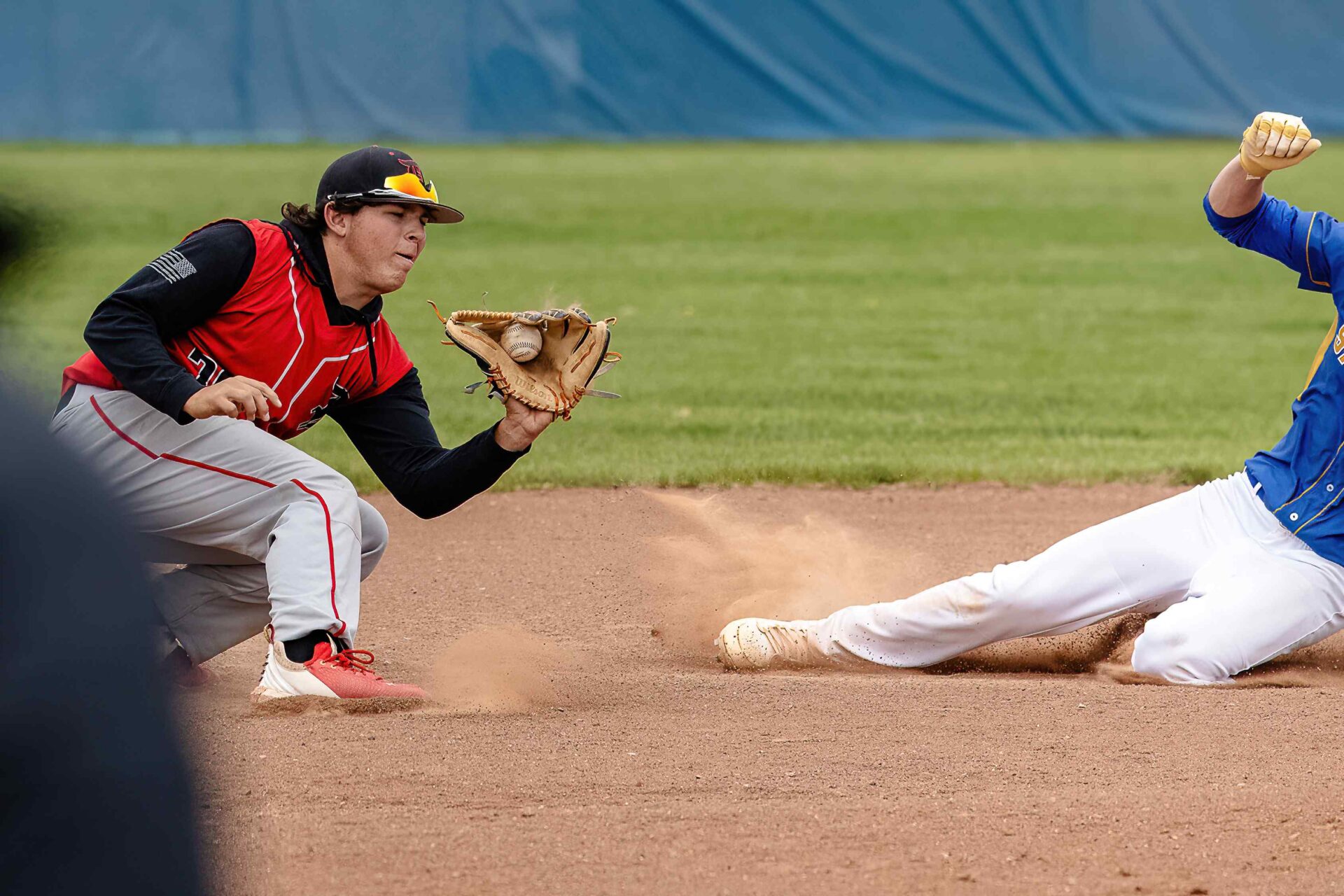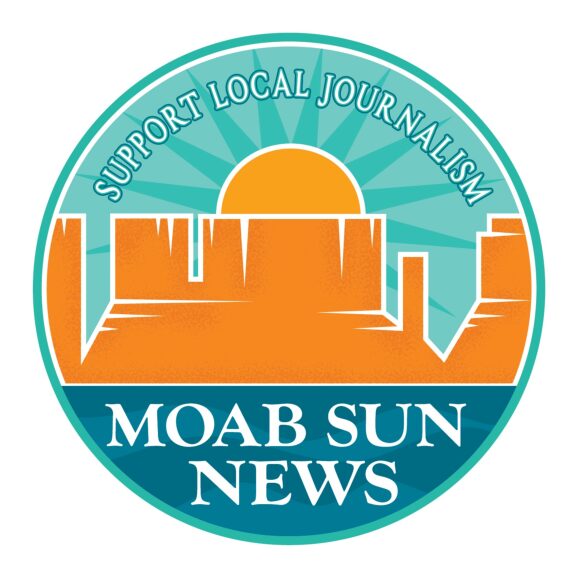On Nov. 3, local nonprofit Science Moab launched its new program “Science Certified,” which provides custom training for local outdoor guides to learn about natural sciences relevant to their activities and destinations and in turn share that understanding with clients. Ten students gathered at a campground near Sand Flats Road and spent the day learning about ecology, geology, and biocrust.
“It was really well received,” said Mila Dunbar-Irwin, an ecologist and volunteer with Science Moab who taught the ecology module. “The guides were really engaged, they were interested, they had a few ‘Aha!’ moments of being able to make connections between the concepts and what they were seeing.” Dunbar-Irwin is also Moab City’s sustainability director.
Science Moab’s mission is to “make place-based science accessible to all,” according to the organization’s website. The nonprofit reaches its audience through interviews with Colorado Plateau scientists aired on local radio station KZMU; through regular live events like Science on Tap, at which scientists present research at a local bar; and through Science on Screen, at which local scientists analyze a popular film from a science perspective, followed by a screening of the movie. This year, Science Moab also started two new programs: one places Grand County High School Students in mentorships with local scientists [See “From school to a science career,” Oct. 7 edition. -ed.], and the other is the Science Certified Program, which gives area outdoor adventure guides a deeper understanding of scientific concepts to help build a coherent narrative of the local landscape.
In an interview this summer with the Moab Sun News, Science Moab founder Dr. Kristina Young explained that the program is meant to “empower guides to use moments for teaching opportunities that go beyond just natural history facts” and delve into “processes and how the place really works, so people can get a bigger understanding of what’s going on and why it’s fragile.” That deeper understanding will, organizers hope, be communicated in turn to visitors taking tours or doing guided activities in the area, “inspiring a deeper understanding and interest and then teaching people how to be part of the solution of taking care of this place,” Young said.
Dunbar-Irwin explained that the group hopes to offer both professional development for local guides, and also to promote Moab as a “science hub” in the desert, not just a recreation destination. Science Moab hopes that the better visitors understand the natural systems behind Moab’s beautiful scenery, the more motivated and empowered they will be to contribute to good stewardship of the landscape.
Science Certified Program Director Samara Rosen highlighted unique aspects of the program: the framework is designed specifically for guides, created in collaboration with scientists, and is rooted in a specific location—the Colorado Plateau. Many of Science Moab’s team members have worked as guides themselves, and so they teach their programs not only with a focus on the science, but with advice on when and how to engage clients with those scientific concepts. The modules can also be tailored to help guides understand the reasoning behind the standards outlined in “Leave No Trace” outdoor recreation ethics: for example, why is it important to pack out human waste in the desert? Why is it important not to step on the biocrust? (Human waste takes much longer to decompose in the desert than it does in more humid environments, and biocrust is vital to ecosystem health and can take decades to recover from damage.)
Science Moab secured a $35,000 grant to support the launch effort. Eventually, the organizers hope to make the program self-sufficient. The program is designed for companies to schedule training for 10, 15, or 20 people at a time; smaller companies that may employ fewer than 10 guides have the option to request a joint training. Science Moab will work with companies to create tailored curricula based on the activities the guides lead and the locations they take clients. For example, a rock climbing guide will likely be working in a different environment than a rafting guide, and observe different ecosystems and phenomena and field different kinds of questions from clients.
Science Certified Curriculum Developer Lindsay Trudeau said she works with consulting scientists on each topic offered through the program, and also works with companies to find out where they’re bringing clients and what they’re most interested in learning about.
“In gathering information from guides and guide companies, we learned that guides often have naturalist information already, but could use support in developing ways to share that information in memorable, relatable and inspiring ways”, said Trudeau. “The program uses the framework, ‘What do you see? What does it mean? Why does it matter?’… The goal is not just to introduce guides to facts about our desert ecosystems but to help them draw connections and understand the sorts of large scale processes that underlie the world around them and their clients.”
Local guide company Moab Cliffs & Canyons reserved the first training, and offered extra slots in its 10 person program back to Science Moab, who offered those spots to Science Moab volunteers. Companies who put their guides through the program can advertise themselves as “Science Certified” so clients know their guides will have a solid understanding of scientific concepts that apply to the places where they work. Rosen said many other companies and groups have expressed interest in participating in the program in the future.
At the Nov. 3 launch, Young taught the module on biocrust, and Trudeau taught the geology segment. Local geologist Chris Benson led a geology-themed hike and answered questions. Rosen said she enjoyed seeing how participants engaged at the beginning and end of the day-long training. During the introduction, Rosen said, she asked the students to talk about why they guide, and many said they do it because they love the desert and they love sharing it with others.
“Not only did this establish a sense of community within the group—we are all here because of a shared love of place—but we see how learning about this unique landscape furthers what we love most about our jobs as guides,” said Rosen.
At the end of the training, students took an assessment measuring their ability to recognize an opportunity to offer interpretation, their understanding of the science concepts discussed, and their engagement strategies with clients. During the assessment, Rosen said,
“I saw what 10 people had gained from our training: ways of noticing the landscape, verbiage and metaphors to describe scientific phenomena, a passion for what makes our desert unique and lovable, and new ways to engage with it. Guides even brought in their own facts and background experiences, worked across disciplines, and took our curriculum even further with their own creativity.”




